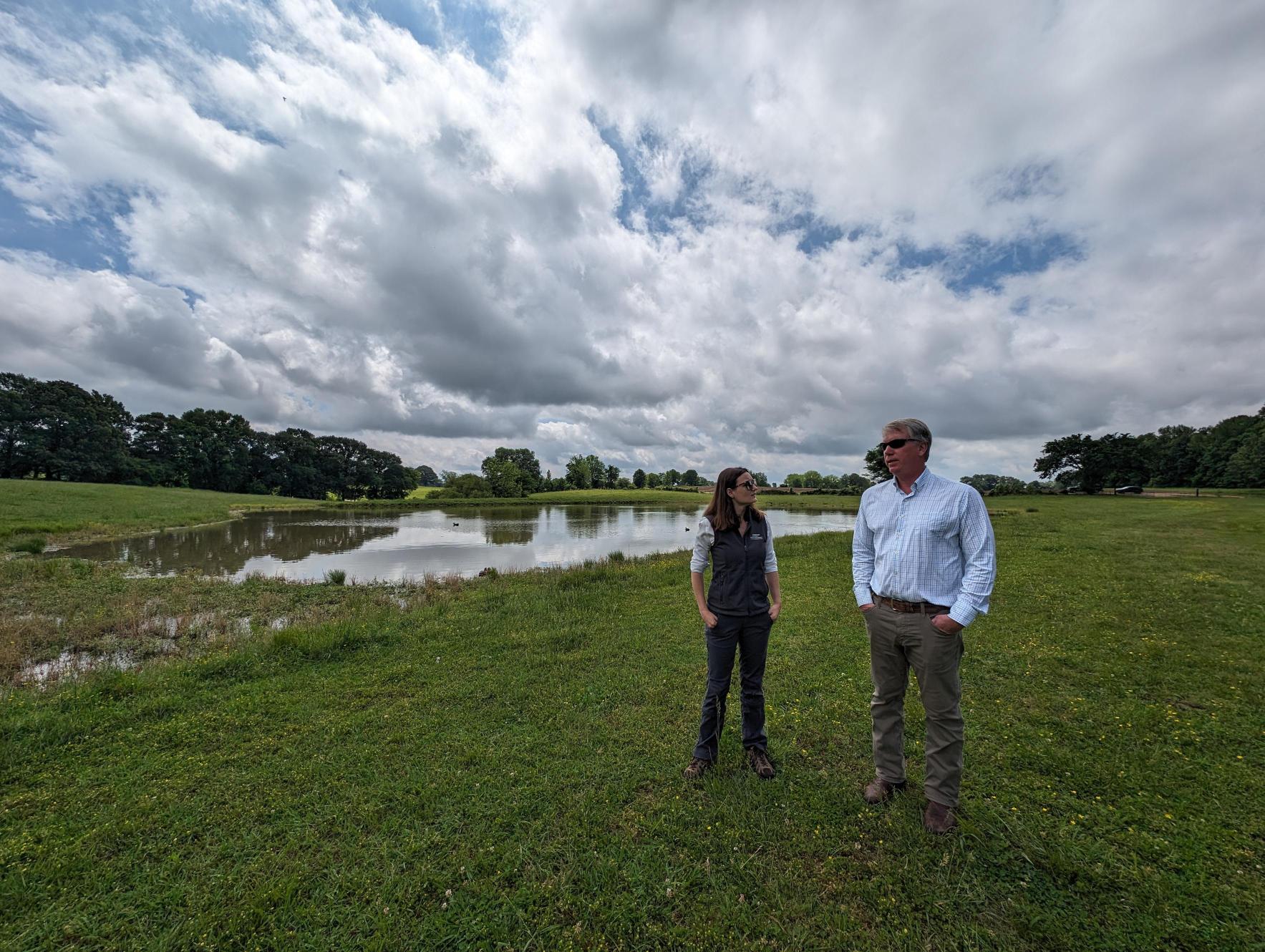West Tennessee… A vast landscape of wetlands, floodplains, rolling agriculture, and bustling cityscapes intertwined with sleepy southern towns.
‘A natural area like this does something for your soul. It just refreshes you every time you get out’
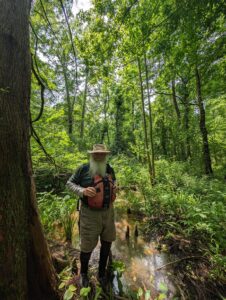
“Growing up in this area, we have always been outdoors people,” offered Jim Gafford, Director of Outreach at Wolf River Conservancy (WRC), as we stood on the banks of the Wolf River. “I had two brothers, and we lived in a residential neighborhood, but we were five houses away from streams and fields. Of course, we were not allowed to go there, and so we went there every day. Between the three of us, we’d come back just nasty from head to toe. A natural area like this does something for your soul. It just refreshes you every time you get out.”
This deep-rooted heartland that we cherish, like so many others, is in danger of disappearing.
The natural beauty and accessibility of West Tennessee has been combatting accelerated change for quite some time. But today, residents face the impending pressure of Ford’s Blue Oval project and its mass production of electric car batteries in Stanton, TN. And billionaire Elon Musk has just announced his intention to make Memphis the “heart of his artificial intelligence” endeavors. The cost? One million gallons of Memphis’ natural, ancient water supply a day.
In short, West Tennessee is now changing at an unprecedented rate.
“Just think, thirty years from now, some developer – if I kick the bucket tomorrow and my family doesn’t want this land – some developer would be out here and it’d be a bunch of houses,” lamented Nick Nunn, owner of Nunn Farm. In 2020, the Nunn Family permanently protected 702 acres of working farmland just outside of Dyersburg in West Tennessee with a conservation easement through TennGreen Land Conservancy.
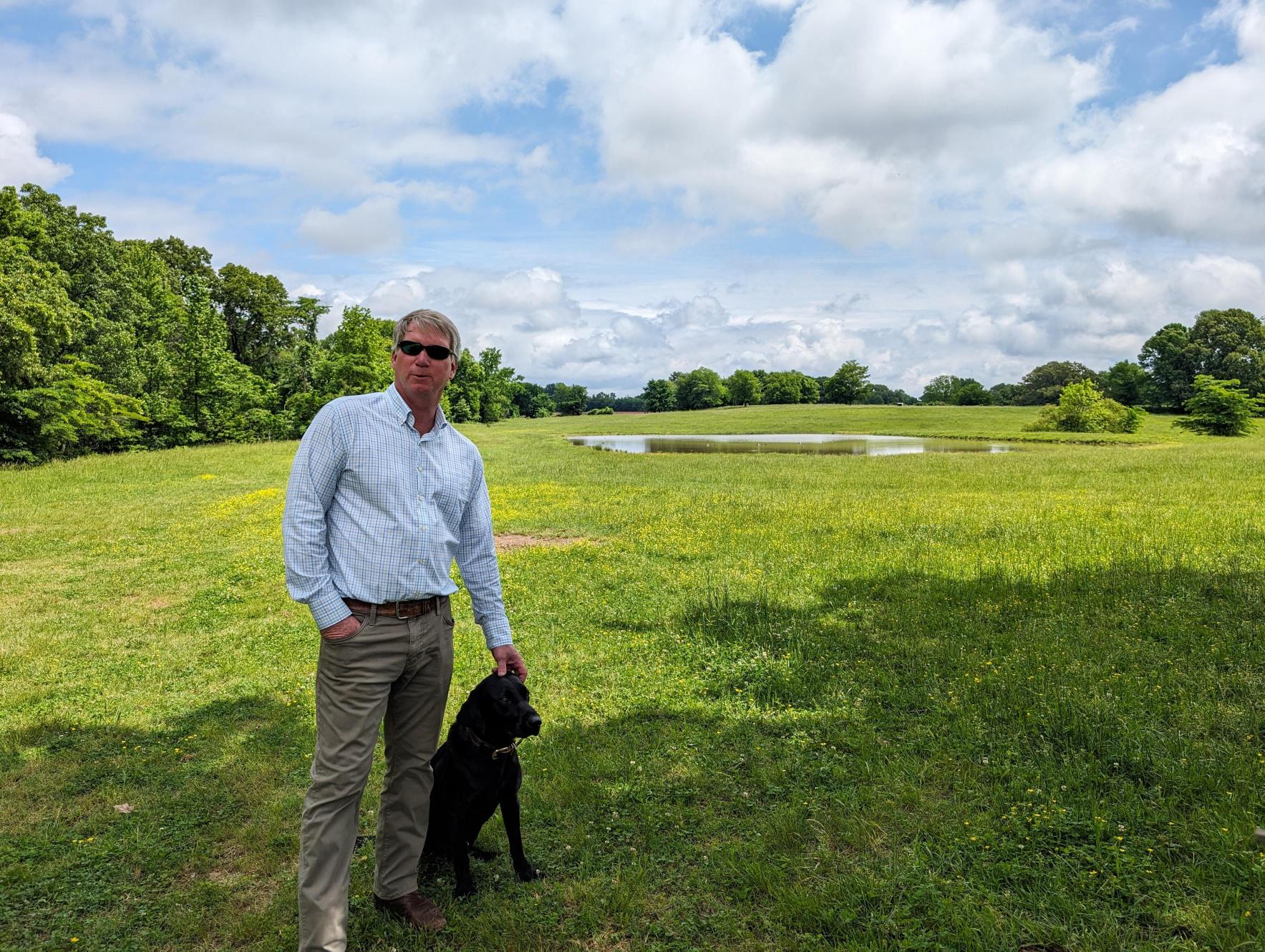
“I work in an office all day, and I’m a guy who has to be outside. So, this is a big tract of land that I was able, through TennGreen, to put a conservation easement… Once stuff go into asphalt, it’s gone—for what I really enjoy, anyway. And so, that was the main thing for me, anyway, to be able to come out here and have it as it was when I bought it,” Nick adds.
His family was ahead of the curve. But other conservation-minded residents, TennGreen, and partners like Wolf River Conservancy are forced to catch up.
Yet some things could never change, like our connections to this incredible place.
‘My daughter’s name is Cypress’
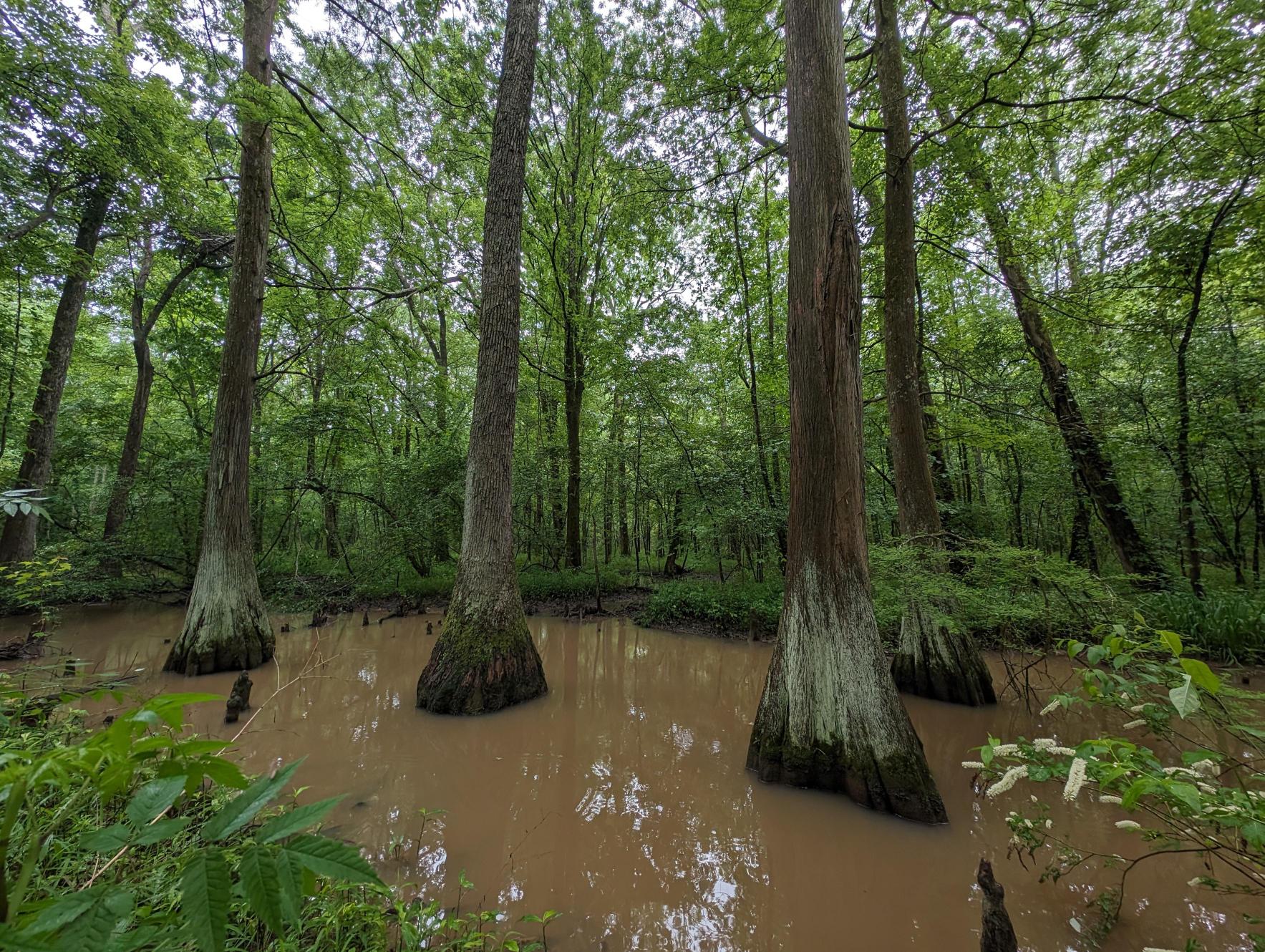
“My daughter’s name is Cypress, and we’ve got some glorious bald cypress trees right here in the middle of this creek. Bald cypress lives over a thousand years, and they’re just one of the most resilient trees that help keep areas like this protected in a wetland state,” smiled Ryan Hall, Director of Land Conservation, WRC, as we surveyed the ancient trees’ wetland home of Shaws Creek.
These wetlands are an integral part of West Tennessee, as is our agriculture. Together, they make up a grand portion of what makes this part of our state so special. Where the latter is concerned, it comes down to local residents to protect their private farmlands.
This is why we’re here. And as Tennessee’s oldest accredited statewide land conservancy, TennGreen is beyond committed to protecting all of Tennessee’s resources… For all of us.
“Agriculture, farms and farmland are as Tennessean as they come. And it’s up to each of us to be able to support the systems we have here in place,” said Alice Hudson Pell, Executive Director. “At TennGreen, we very much so value these particular lands. We love our forests, we love our rivers, and we love our open spaces and our farmlands. We love the fields and the pastures. And, of course, we eat food, we wear cotton, we are beneficiaries of all the bounties that we have here through our farms here in Tennessee.”
‘As West Tennessee continues to develop, nothing can change one simple fact: we are all part of nature’
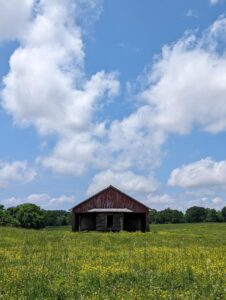 Development is necessary for humanity to thrive, but over-development ends in devastation—the sort of devastation many argue will follow Blue Oval City and Musk’s proposed supercomputer/AI conglomerate. Placing property into a conservation easement is one of the most powerful protective tools we have as American citizens to safeguard our wellbeing against such supersized development. The time to use this tool is now.
Development is necessary for humanity to thrive, but over-development ends in devastation—the sort of devastation many argue will follow Blue Oval City and Musk’s proposed supercomputer/AI conglomerate. Placing property into a conservation easement is one of the most powerful protective tools we have as American citizens to safeguard our wellbeing against such supersized development. The time to use this tool is now.
“Here on Nick’s farm in particular, we have 700 acres of rolling fields, pastures, active farmland in active production. Being able to protect such a large amount of land—contiguous land that’s all connected and protected—in an area that maybe people didn’t think was going to be a bustling area—but we know that development is on the way. It’s critically important that this happened now, before it is all gone,” Hudson Pell continues.
“Now that it’s protected forever, I feel confident that anybody who owns it down the road, they have to abide by the rules and restrictions that are in place,” Nunn adds. “Through TennGreen and the easement, I feel like what I wanted to be accomplished has been accomplished.”
And as West Tennessee continues to develop, nothing can change one simple fact: we are all part of nature. We’re all in this together. And by working together to preserve this incredible state, we’re conserving lands and waters where we’ll all thrive—protecting the water we drink, the air we breathe, and the land that sustains us all.
For more information on conservation easements and Tennessee conservation, click here.

